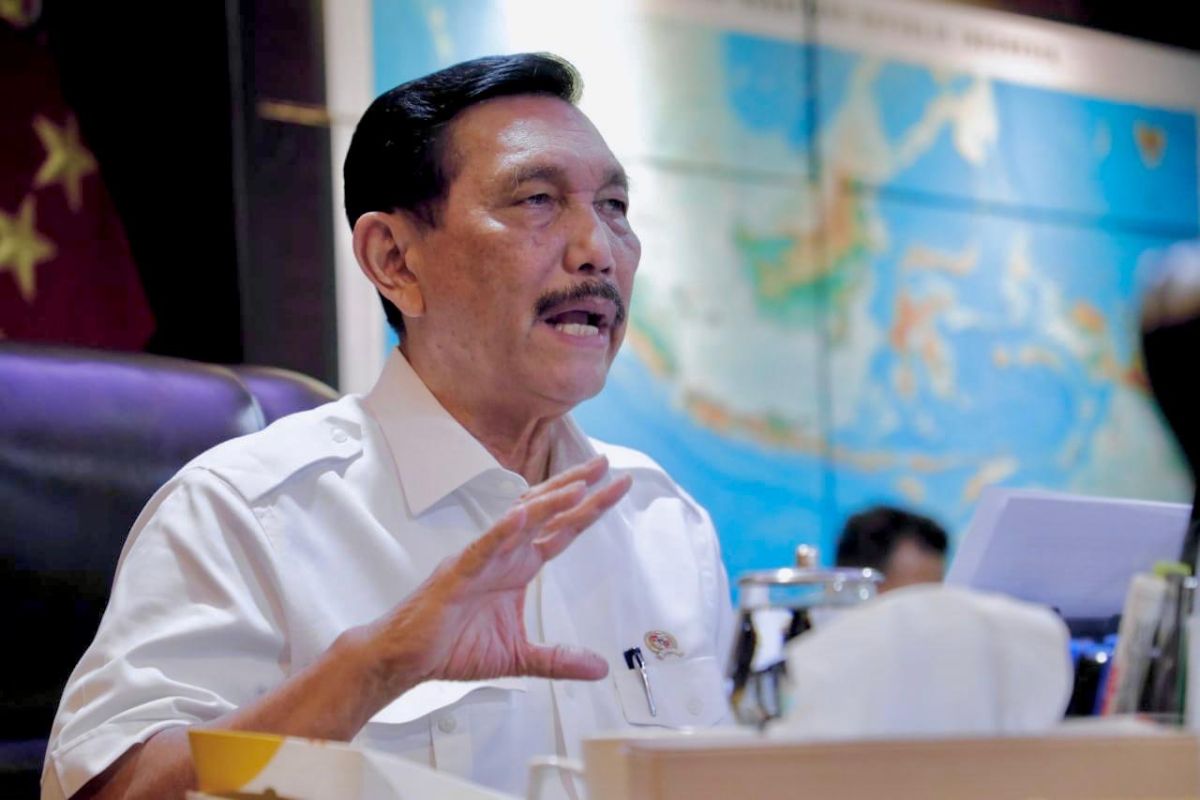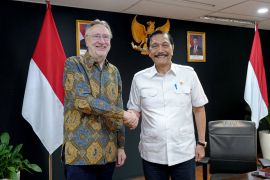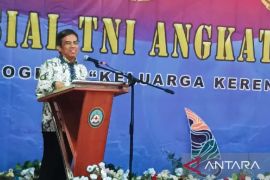Indonesia is home to primary forests, with the world's third-largest tropical forests that store 200 tons of (irrecoverable) carbon per hectare, as compared to the Amazon that stores 100 tons of carbon per hectare.Jakarta (ANTARA) - Coordinating Minister for Maritime Affairs and Investment Luhut Binsar Pandjaitan acknowledged endeavors to preserve Indonesia's forest ecosystem as a crucial strategy while highlighting the significant potential of carbon storage in its rainforests.
"Indonesia is home to primary forests, with the world's third-largest tropical forests that store 200 tons of (irrecoverable) carbon per hectare, as compared to the Amazon that stores 100 tons of carbon per hectare," Pandjaitan remarked during a webinar on Indonesian forest preservation here on Wednesday.
Indonesia additionally has 3.4 million hectares of mangrove forests that store one-third of the global coastal carbon reserves, crucial for adaptation and survival in facing natural disasters and climate change, he noted.
"Indonesia's mangrove forests have produced some 500 tons of irrecoverable carbon per hectare and are the world richest carbon biomass apart from the tropical peatland. Hence, we need to note that we have remarkable power," he remarked.
The minister reaffirmed that efforts to preserve Indonesia's forest ecosystem were a crucial strategy though drawing attention to the need for support in terms of policy and funding.
"This strategic program must be linked to the target of poverty alleviation and eradication of illegal logging. We need to tackle seriously the issue of illegal logging," Pandjaitan emphasized.
All stakeholders must be involved in forest preservation efforts.
"Ministry and local governments continue to work in synergy with the Indonesian military and police, absorb recommendations from private and state enterprises, and utilize information technology and satellites," he stated.
Meanwhile, the ministry's Deputy of Environment and Forestry Management Coordination, Nani Hendiarti, noted that Kalimantan was the second island in Indonesia after Papua, with the largest forest area, spanning 26.7 million hectares.
However, it also recorded the highest rate of deforestation, at 143.1 thousand hectares in 2018, while land rehabilitation was low, at 23.5 thousand hectares in 2019.
"There lies the problem of an imbalance between (deforestation) and rehabilitation," Hendiarti pointed out.
Hendiarti pointed to forestry-related problems, such as illegal logging, illegal mining, illegal hunting, wildlife smuggling, forest fires, forest encroachments, and agrarian conflicts.
Related news: COVID-19 testing, tracing crucial until vaccine arrives: Minister
Related news: Pandjaitan meets Chinese FM, discuss cooperation in facing COVID-19
EDITED BY INE
Translator: Ade Irma Junida, Sri Haryati
Editor: Fardah Assegaf
Copyright © ANTARA 2020









